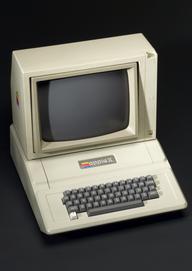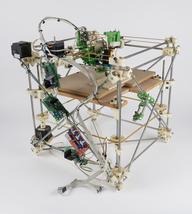

Ornate wooden box with floral motif and hidden opening mechanism, used by Joan Travis to store the manual paper tape editing equipment for programming the Ferranti Mark 1 and Mark 1* computers.
The first digital computers were programmed using holes punched in paper tape. This hole punch was used to edit programs for the Ferranti Mark 1 and Mark 1* computers, the first commercially available stored-program computers in the world.
Pioneering computer programmer Joan Travis (née Kaye) used this hole-punch to edit computer programs on paper tape by hand, punching holes in the tape using a brass ‘bodger’. Programs were edited using Sellotape, scissors and this hole-punch equipment.
When Joan Travis joined Ferranti as a computer programmer in April 1953, eight out of the team of fourteen programmers were women.
The Baby computer upon which the Ferranti Mark 1 was based had program instructions keyed in. The output was read by looking at patterns of dots on a cathode ray tube screen.
In October 1948, Alan Turing introduced the Baby engineering team to 5-bit teleprinter code, which he’d used when working during the Second World War in Bletchley Park. In the 5-bit teleprinter code, letters and numbers were represented in a binary pattern of ones (1s) and zeros (0s). A hole punched in the paper represented a 1, an absent hole in the paper meant a zero. Sprocket holes were used to hold the paper in position.
Programs written for the Ferranti Mark 1 and Mark 1* computers included Avro’s calculations for designing aeroplanes (including the Vulcan), calculations for atomic weapons and calculations for the oil company Shell.
Details
- Category:
- Computing & Data Processing
- Object Number:
- 2024-90/7
- Materials:
- wood (unidentified)
- type:
- computer programming, hole punch and input devices
- credit:
- Joan Travis




